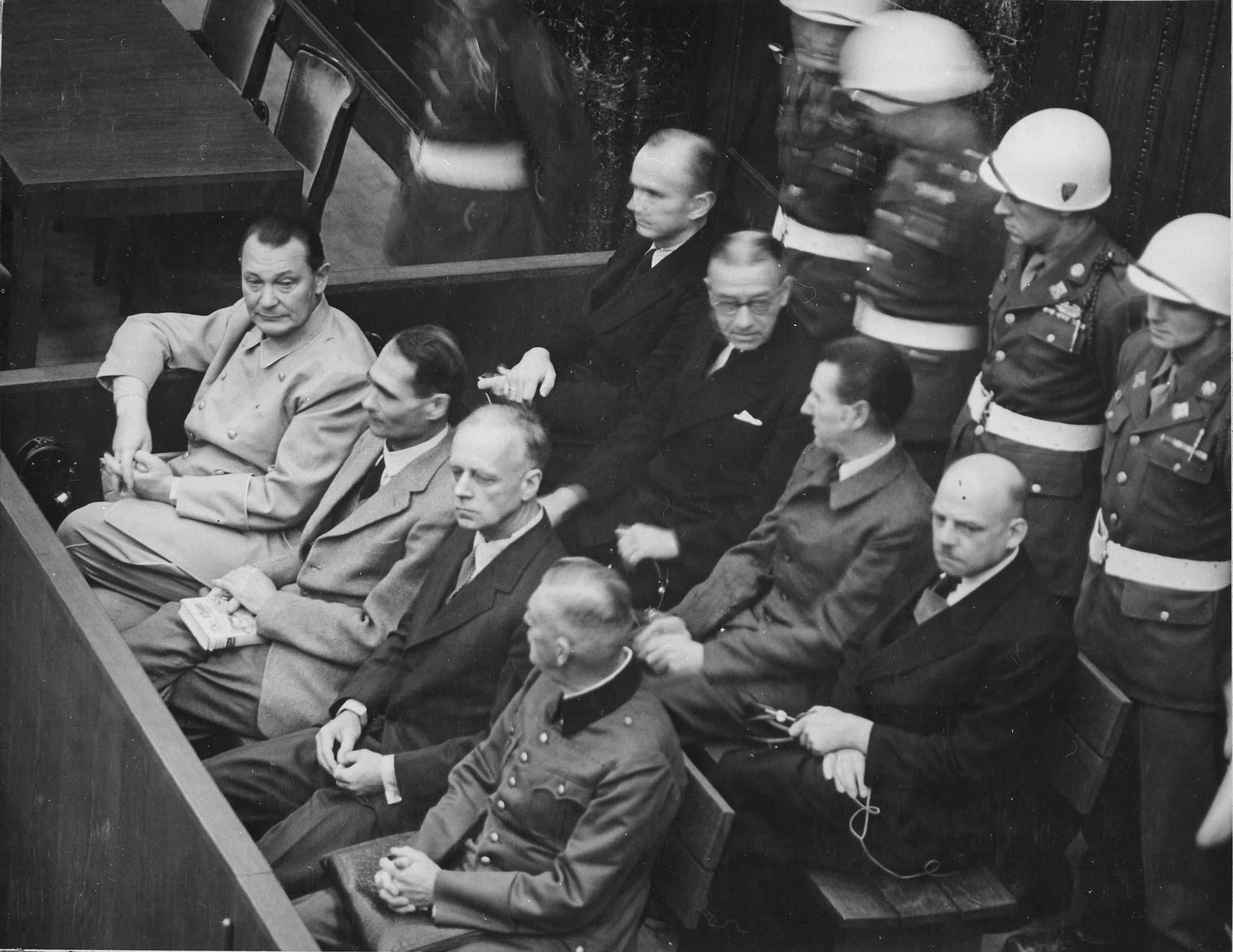WWII 80: The Liberation of Dachau | April 29, 2025

WWII 80: Highlights from the Truman Library
The Liberation of Dachau
April 29, 1945
In April 1945, as the European war neared its end, one question loomed large: how would the Allies ensure that justice was served to the perpetrators of Dachau and other Nazi crimes against humanity?
Dachau.
In the long list of terms from World War II that produce a shudder in humanity’s collective psyche, the name of Nazi Germany’s first concentration camp occupies a special place.
On April 29, 1945, American troops captured Dachau and satellite camps, liberating some 30,000 survivors and ending a twelve-year nightmare. From its opening in 1933 as a model concentration facility to its liberation in 1945, more than 200,000 people were imprisoned at Dachau, and an estimated 41,500 died through sickness, malnutrition, overwork, or deliberate killing.
In April 1945, as the European war neared its end, one question loomed large: how would the Allies ensure that justice was served to the perpetrators of Dachau and other Nazi crimes against humanity?
The Harry S. Truman Library and Museum houses an extensive collection of personal papers, oral histories, and presidential files documenting the long process of securing that justice. The President’s Secretary’s Files contain a copy of Truman’s Executive Order 9547, issued May 2, 1945, by which Truman appointed Supreme Court Justice Robert H. Jackson “to act as the Representative of the United States and as its Chief of Counsel in preparing and prosecuting charges of atrocities and war crimes against such of the leaders of the European Axis powers and their principal agents and accessories as the United States may agree with any of the United Nations to bring to trial before an international military tribunal.”
On April 29, 1945, the day the U.S. Seventh Army’s 45th Infantry Division liberated Dachau, Justice Jackson sent a memorandum to President Truman. In it, he agrees to Truman’s request that he “undertake to prepare and present the case against war criminals to a United Nations military tribunal.” Jackson continues that he considered the work “a grave responsibility.” He then lays out his ideas for handling the matter, including acting swiftly – “I would sacrifice perfection to expedition,” he noted. Jackson also suggests a procedure for the tribunal.
“
I would sacrifice perfection to expedition.
”
In 1945 and 1946, Justice Jackson and other members of the International Military Tribunal and the War Crimes Commission of the United Nations tried numerous German leaders at Nuremberg, Germany; later, the U.S. military conducted its own series of cases at Nuremberg against other war criminals. Nuremberg-related items at the Truman Library include correspondence between Jackson and the president, reports and transcripts of court proceedings, and “vividly descriptive letters” about the trials written by Katherine Fite Lincoln, an assistant to Jackson.

Collectively, the thirteen Nuremberg trials shed light on a litany of Nazi horrors—including the crimes at Dachau—that resulted in death sentences for 24 men and a host of lesser punishments for others, and became a milestone in the development of international justice.
Explore the Truman Library’s large and valuable collection of Nuremberg materials here.
“WWII 80” SERIES
Eighty years ago, World War II ended under President Truman’s decisive leadership. “WWII 80” uses historic artifacts, eyewitness accounts, and consequential documents from the vaults of the Truman Library and National Archives to highlight key moments in the war’s final months–from the Battle of the Bulge and liberation of Dachau to the unconditional surrender of Japan. To view previous posts, visit this link.
This post was contributed by Will Haynes, Ph.D. He has written for The New York Times and contributed to several digital history projects.
PHOTOS
Top: Surviving Dachau prisoners cheer the arrival of U.S. troops to liberate the camp, ca. April 1945.
Bottom: Defendants in their dock during the Nuremberg trials, including Hermann Göring, Rudolf Hess, Joachim von Ribbentrop, and Wilhelm Keitel, ca. 1945-1946.
Join our email list to receive Truman updates right in your inbox:

